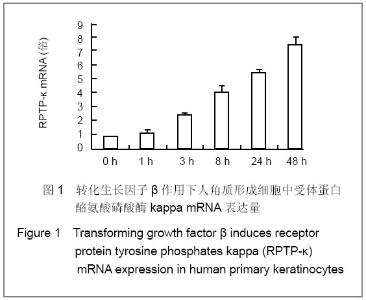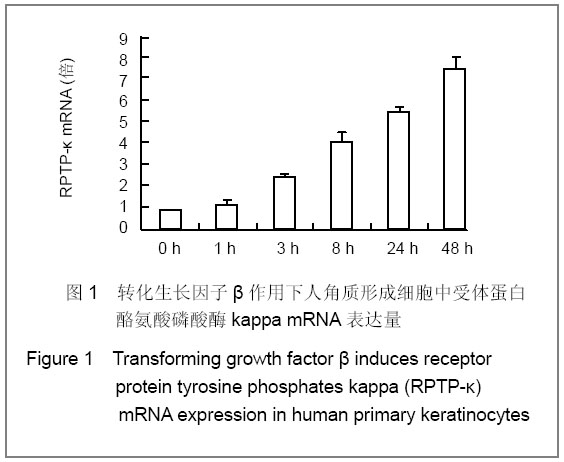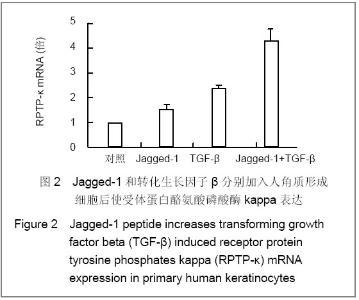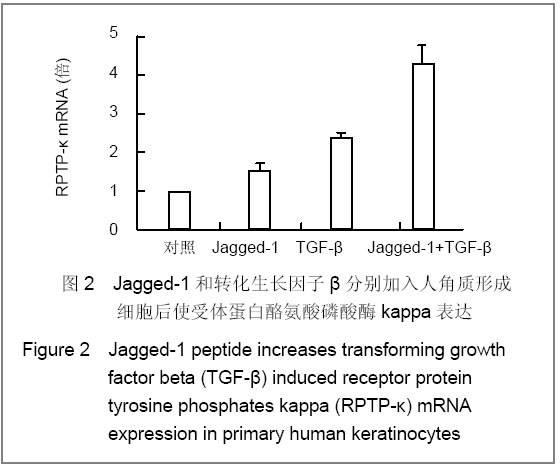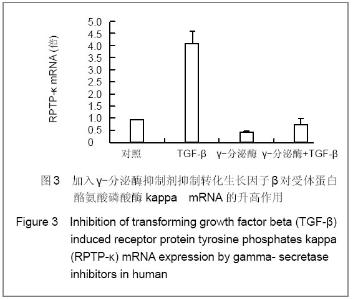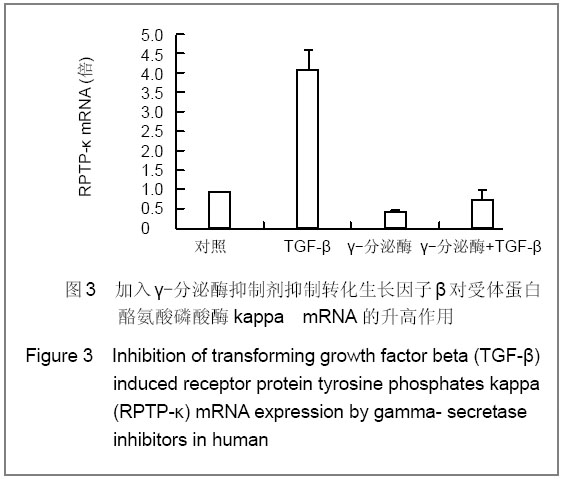| [1] Klüppel M, Wrana JL.Turing it up a Notch:cross-talk between TGF-β and Notch signaling. Bioessays. 2005;27(2):115-118.[2] Wharton KA,Johansen KM,Xu T,et al.Nucleotide sequence from the neurogenic locus notch implies a gene product that shares homology with proteins containing EGF-like repeats. Cell.1985;43(3pt2):567-581.[3] Borggrefe T, Oswald F. The Notch signaling pathway: transcriptional regulation at Notch target genes. Cell Mol Life Sci. 2009;66(10):1631-1646.[4] Gude N,Sussman M. Notch signaling and cardiac repair. J Mol Cell Cardiol. 2012; 52(6):1226-1232.[5] Kopan R, Ilagan MX. Gamma-secretase: proteasome of the membrane? Nat Rev Mol Cell Biol. 2004;5(6):499-504.[6] Mahjoub M, Sassi N, Driss M, et al. Expression patterns of Notch receptors and their ligands in human osteoarthritic and healthy articular cartilage. Tissue Cell. 2012;44(3):182-194.[7] Guo S, Liu M, Gonzalez-Perez RR. Role of Notch and its oncogenic signaling crosstalk in breast cancer. 2011;1815(2): 197-213.[8] Sun Y, Lowther W, Kato K, et al. Notch4 intracellular domain binding to Smad3 and inhibition of the TGF-beta signaling. Oncogene. 2005;24(34):5365-5374.[9] Siar CH, Ha KO, Aung LO, et al. Immunolocalization of notch signaling protein molecules in a maxillary chondrosarcoma and its recurrent tumor. Eur J Med Res. 2010; 15(10): 456-460.[10] Nagase H, Koh CS, Nakayama K. γ-Secretase-regulated signaling pathways, such as notch signaling, mediate the differentiation of hematopoietic stem cells, development of the immune system, and peripheral immune responses. Curr Stem Cell Res Ther.2011;6(2):131-141. [11] Blokzijl A, Dahlqvist C, Reissmann E, et al. Cross-talk between the Notch and TGF-beta signaling pathways mediated by interaction of the Notch intracellular domain with Smad3. J Cell Biol. 2003;163(4):723-728.[12] Kopinke D, Brailsford M, Pan FC, et al. Ongoing Notch signaling maintains phenotypic fidelity in the adult exocrine pancreas.Dev Biol.2012;362(1):57-64. [13] Xu Y, Baker D, Quan T, et al. Receptor type protein tyrosine phosphatase-kappa mediates cross-talk between transforming growth factor-beta and epidermal growth factor receptor signaling pathways in human keratinocytes. Mol Biol Cell. 2010;21(1):29-35.[14] Xu Y,Tan L,Grachtchouk V,et al. Receptor Type Protein Tyrosine Phosphatase-Kappa regulates epidermal growth factor receptor function. J Biol Chem. 2005;280(52): 42694-42700. [15] Xu Y, Baker D, Baldassare JJ,et al. Receptor type protein tyrosine phosphatase-kappa mediates cross-talk between transforming growth factor-beta and epidermal growth factor receptor signaling pathways in human keratinocytes. Mol Biol Cell. 2010;21(1):29-35. [16] Lowell S, Jones P, Le Roux I, et al. Stimulation of human epidermal differentiation by delta-notch signalling at the boundaries of stem-cell clusters. Curr Biol. 2000;10(9): 491-500. |
